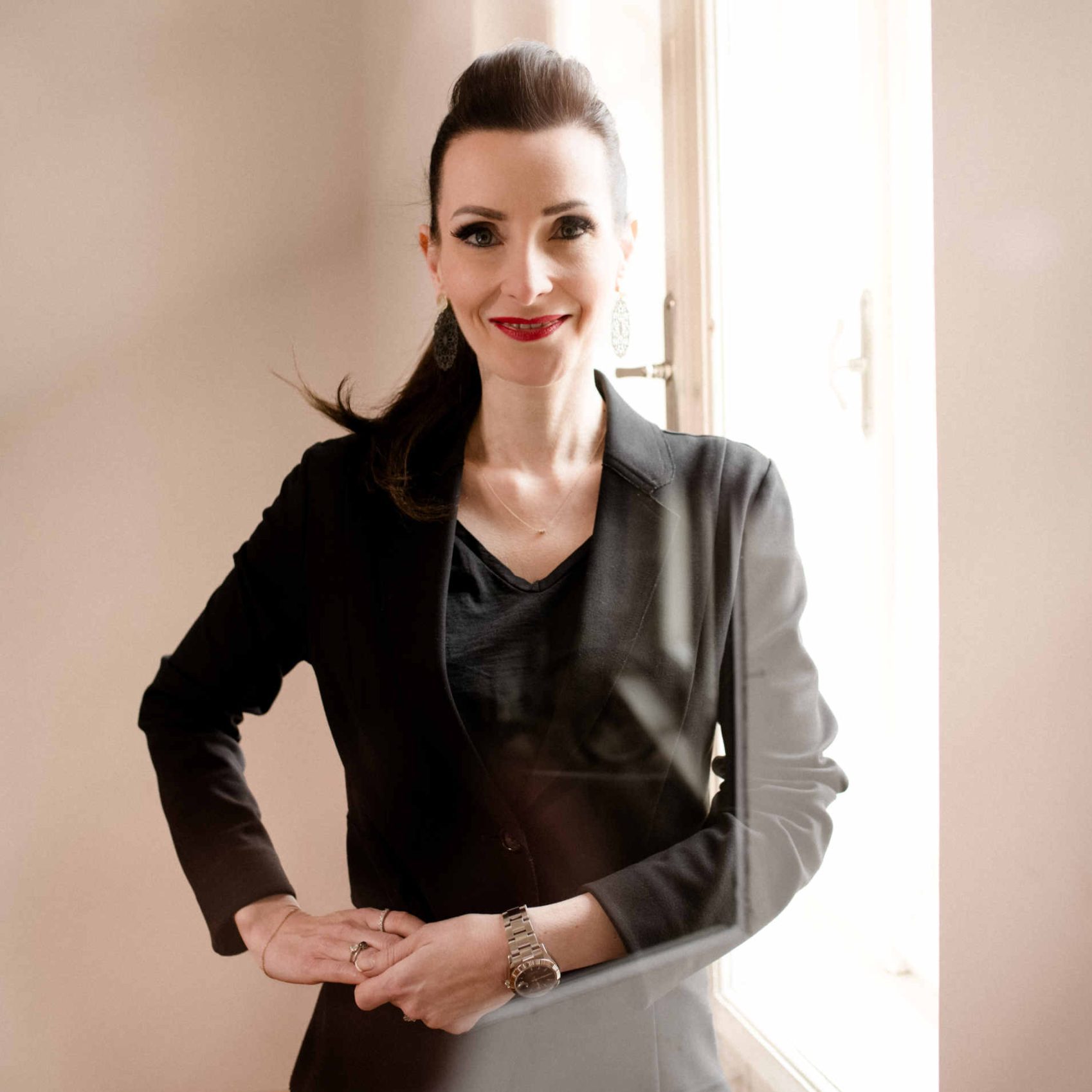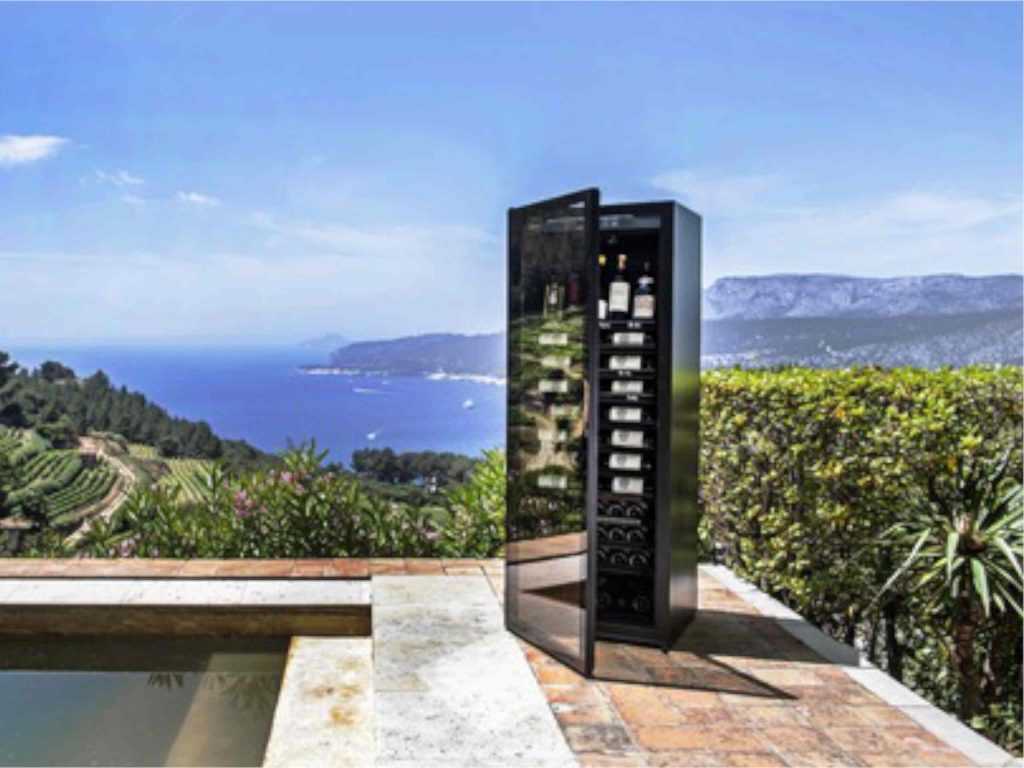
Wine climate cabinets are an ideal solution for storing wines optimally and bringing them to the right serving temperature. In contrast to conventional refrigerators or wine coolers, wine climate cabinets offer a number of special advantages:
In a refrigerator, temperatures are normally between 0°C and 4°C, which is suitable for preserving food. However, temperatures that are too cold can deprive the wine of its flavor and complexity. A wine cabinet ensures the optimum temperature for storing and sealing wine.
Refrigerators are opened and closed several times a day, which leads to strong vibrations. Wine cabinets, on the other hand, provide a vibration-free environment to preserve the quality of the wine.
Food odors in refrigerators can affect the wine and give it an unpleasant taste. Wine cabinets are designed to keep odors out and preserve wine quality.
Standard refrigerators dry out the air to prevent frost formation. Wine cabinets, on the other hand, maintain an optimal humidity level of 60% to 75% to prevent cork from drying out, oxygen from entering or wine from leaking.
When placing a wine cabinet, care should be taken to ensure that it cools optimally. Avoid areas with large temperature fluctuations, heat sources and direct sunlight. Sufficient ventilation and space for air circulation are also important. Place wine cabinets on a flat surface to avoid vibrations or tipping and to avoid stirring up the sediment in the wine.

Imola is much more than just a race track: the city combines top-class cuisine, cultural monuments, and traditional producers to create an experience that delights connoisseurs, Italy fans, and curious travelers alike. From 2-star gastronomy at Ristorante San Domenico to creative pizza experiences and slow food osterie to historic libraries, palazzi, and award-winning wineries: this guide shows you the best places for cuisine, culture, and shopping—authentic, high-quality, and with real added value for your next visit to Imola.
The two-star Berlin restaurant Horváth returns to Vienna in early 2026 with an exclusive pop-up, presenting an uncompromising new menu based on “emancipated vegetable cuisine.” For two weeks, Sebastian and Jeannine Frank’s team will take over the Herzig restaurant and serve a 7-course menu that shows how innovative, precise, and luxurious vegetables can be today. A culinary highlight for foodies, fine dining fans, and anyone who doesn’t want to miss Austria’s most exciting pop-up experience of 2026.
This time, Sebastian Frank is taking an even more uncompromising approach, with a new menu and a clear message: vegetables can be luxurious – even without caviar.


Wine climate cabinets are an ideal solution for storing wines optimally and bringing them to the right serving temperature. In contrast to conventional refrigerators or wine coolers, wine climate cabinets offer a number of special advantages: